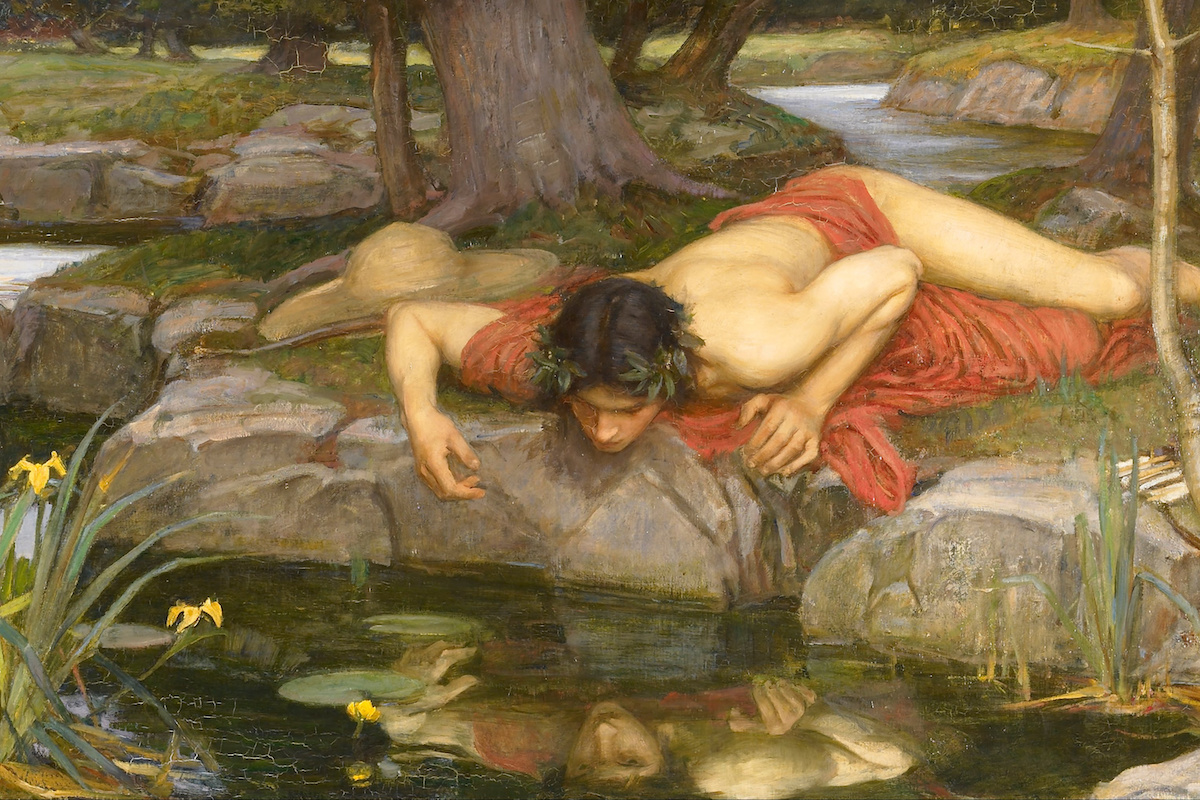Midweek update 1, for the Feast of Saint Augustine of Canterbury
 |
| "Pilgrim's Porch, Canterbury" Sir David Young Cameron (1865-1945) |
This morning I attained my goal for the week, so I have some hope of getting ahead. (Creating some slack in the schedule would be very useful.) I'm in the middle of chapter 3, which is mainly about the ontological argument. (I've given up on saying "the so-called ontological argument," because as stupid and uninformative as that label is—Kant is to blame for so many things—we're clearly stuck with it.) I think the way Anselm's ontological argument is usually presented is just wrong, but in fairness to the reader, I have to give the standard interpretation before I offer what I think is a much better reading. This is supposed to be an introduction to Anselm (a Very Short one), after all, and it's arguable that you haven't really been introduced to Anselm if you don't know what pretty much everybody says about the ontological argument. It wouldn't be fair to the reader to omit the consensus interpretation, but it wouldn't be fair to Anselm (or to me, or surely to the reader as well) to let it stand without comment or correction. I hope the VSI editors and readers don't fuss at me.
Today's snippet is drawn from a part of the chapter in which I'm explaining the arguments Anselm gives in his reply to Gaunilo:
Anselm sees that he must show Gaunilo
that there are features of our thought of God that guarantee God’s existence: as
he puts it, “I say with certainty that if it can be so much as thought to
exist, it must necessarily exist.” Anselm offers nine different arguments for
the claim that if God can be thought, he must exist in reality, each following
the same basic pattern. It is easiest to explain the form of the arguments if
we introduce a technical term from contemporary philosophy: merely possible. Something
is merely possible if it is (a) possible but (b) non-existent. My older brother
Jason is merely possible: (a) my parents could have started their family
earlier, and they could have had a boy and named him Jason; but (b) they did
not, and in fact I am their firstborn. Anselm’s technique is to argue that
there are features of our portrait of God that cannot belong to a merely
possible being. So, since God is possible—remember, we can’t think
impossibilities, and we can think God—it follows that God actually exists.
To see how this pattern of argument
is supposed to work, let’s look at two of the nine versions Anselm offers. In the
first version, the feature that cannot belong to a merely possible being is beginningless:
That than which a greater cannot be thought cannot be thought of as
beginning to exist. By contrast, whatever can be thought to exist, but does not
in fact exist, can be thought of as beginning to exist. Therefore, it is not
the case that that than which a greater cannot be thought can be thought to
exist, but does not in fact exist. If, therefore, it can be thought to exist,
it does necessarily exist.
This is a hard
argument to evaluate. Does Anselm mean that any merely possible being can be
thought to have a beginning at some point, or that any merely possible being
can be thought to have a beginning now? Consider my merely possible older brother
Jason. If he had come to exist, he would have had a beginning in the ordinary
way; but it’s too late now. If Anselm is arguing that it’s too late now for a
merely possible beginningless being to exist (because obviously it would have
to begin to exist, since it doesn’t exist already), that’s correct, but hardly
relevant. Jason is still possible even though it’s too late for him to (begin
to) exist. So for Anselm’s argument to work, he has to mean that any merely
possible being can be thought to have a beginning at some point. But is that
really the case? It seems to me that I can imagine a merely possible
beginningless being: a being that, if it had existed, would never have begun to
exist but would have just always been there. Perhaps I am wrong in so thinking,
but I can at least see why Gaunilo need not concede yet.



Comments
Post a Comment